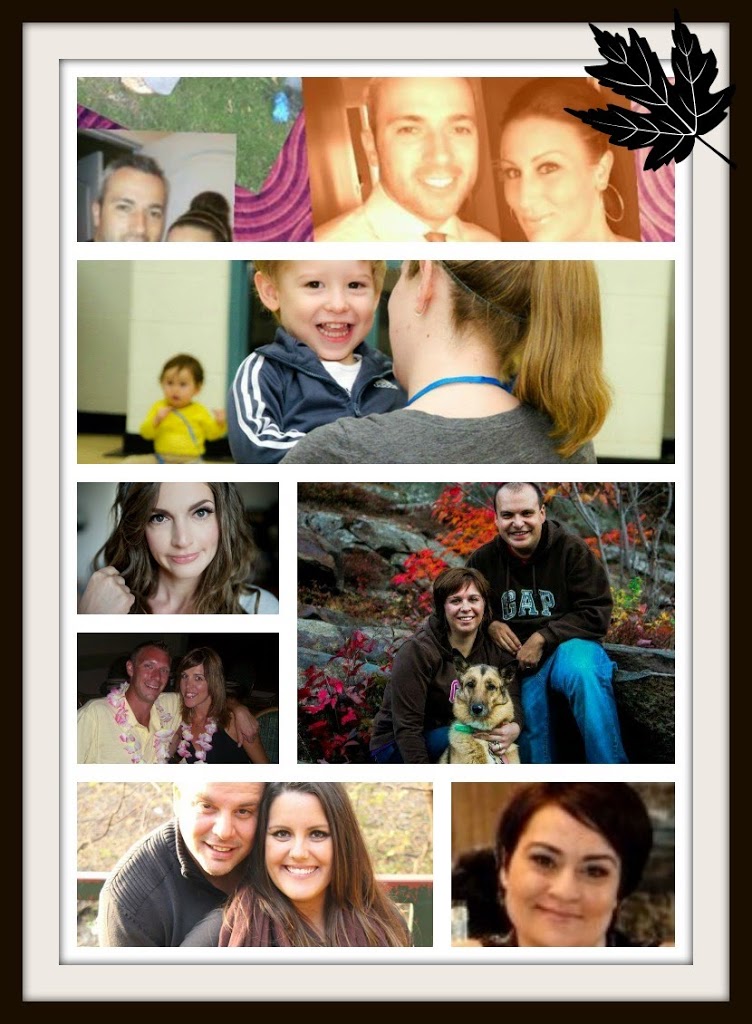
Five Questions And Answers About Ontario’s IVF Public Funding Commitment #Ohip4ivf #onpoli
 |
| Some of the members of Conceivable Dreams |
Infertility patients in Ontario have come so far in two years. Two years ago most infertile people in Ontario struggled, took out second mortgages and sometimes worked three jobs to pay for the in vitro fertilization. In vitro fertilization was only covered by the Ontario health care system for one condition – bilateral tubal obstruction. That condition impacts only a very small percentage of females diagnosed with infertility. Now Ontario infertility patients have a commitment of public funding for one round of IVF. That’s a huge deal for all Ontario infertility patients wondering how to pay for in vitro fertilization. But Ontario’s IVF public funding commitment remains confusing for many so I wanted to take this post to clarify a few things.
What Changed?
Earlier this year, the Ontario government, led by Premier Kathleen Wynne, demonstrated their commitment to accessible health care for all, when they added public funding for IVF to the budget. The budget was, as you may recall, rejected by the NDP party and an election ensued. Then stunning results! The Liberals gained a majority and returned stronger than they were prior to the election. Their commitment to helping Ontario infertility patients means many infertility patients will have the chance to start a family. The new Liberal majority government passed their 2014 Ontario budget last month. That’s a huge leap forward for Ontario infertility patients.
It’s been two full years since I started advocating on Thrifty Momma’s Tips for IVF funding for infertility patients. This early post explains why I support public funding for IVF as an advocate. Two years ago I started working with Conceivable Dreams, a broad based group of Ontario infertility patients, clinicians and advocates, as their community manager on line. Now we have a commitment to funding IVF with single embryo transfer in Ontario. That’s a policy supported by many experts including the SOGC (Society of Obstetricians and Gynaecologists of Canada). Why is that? We know single embryo transfer gives the best possible health outcome for mother and baby. Multiple birth babies carry greater lifetime health care costs. Multiples are 17 times more likely to be born prematurely, require a C-section and have greater lifetime health care needs. Multiples carry a greater risk of neonatal mortality and cerebral palsy. Multiples cost more in terms of health care dollars. Public funding couples with SET saves money. In fact you can read all about the money this program should save in the 2014 Alberta Assisted Reproductive Technologies Report.
In the last month I have had many people ask me questions about IVF funding and what is happening with that process in Ontario. So I thought it was time to clarify what I am able to at this point.
Five Questions and Answers About Ontario’s IVF Public Funding Commitment
1. Is this for sure? It’s in the budget. The budget was approved. This is what the budget states:
Excerpt from the Ontario Budget 2014.
Providing Support for Family-Building in Ontario — Funding for Infertility Services
The government will provide additional support for people in this province who want to become parents by expanding coverage of infertility services for one cycle of in vitro fertilization per patient per lifetime for all causes of eligible infertility. Enhancing coverage makes infertility services more affordable and increases access to more than 4,000 additional patients annually. The government is also committed to developing a stronger quality and regulatory framework for those providing infertility services to ensure patients receive safe, high-quality care.
The government will provide additional support for people in this province who want to become parents by expanding coverage of infertility services for one cycle of in vitro fertilization per patient per lifetime for all causes of eligible infertility. Enhancing coverage makes infertility services more affordable and increases access to more than 4,000 additional patients annually. The government is also committed to developing a stronger quality and regulatory framework for those providing infertility services to ensure patients receive safe, high-quality care.
2. Will there be eligibility criteria? In most areas of the world where there is a health care policy that includes funding for IVF, there are some eligibility criteria attached. We don’t know what those will be yet. It’s impossible to guess. The program is expected to begin in 2015. Conceivable Dreams hopes Ontario’s program will be as successful as it can be. Board members are seeking to give input as the program takes shape.
3. Will there be an age restriction? In many areas of the world where public funding for IVF exists there is often an age limit. But we have no details on that yet.
4. We are currently undergoing fertility treatment. Should we wait until next year to try IVF if it’s going to be funded then? Please remember this program will take some time to roll out in Ontario. The number one piece of advice for people struggling with infertility, from those who have conceived is: get help quickly. Don’t wait. Infertility is a time sensitive diagnosis. IVF is also time sensitive in many ways. Rates of clinical success depend on age, egg quality and health. When it comes to having a child biologically with help of IVF, or via adoption there is always a time element that can jeopardize your chance to become a parent. (Many of you know I am an adoptive parent. If I had waited until the age of 40 to apply to adopt, I would not have been matched with my children. I might still be waiting. ) Age is always a factor.
For more information about this program as it develops and takes shape please follow all the social channels.
Conceivable Dreams is on twitter at http://www.twitter.com/ohip4ivf
And on Pinterest http://www.pinterest.com/ohip4ivf
And, if you need support, or can offer support to someone struggling with infertility, please visit Facebook to join the group Conceivable Dreams – Ohip4ivf. https://www.facebook.com/groups/conceivabledreams/
And there is also a fan page: Conceivable Dreams





21 Comments
Masshole Mommy
I found this really interesting. I believe it’s relatively easy to get IVF here in the US and it never occurred to me that it was different elsewhere.
Fariha Naqvi-Mohamed CanadianMomEh
I applaud you advocating for such an important cause that affects so many families each year. The more awareness we can create the better.
Lois Alter Mark
Wow, I never even thought about this. I hope all couples who seek IVF treatment are able to get them.
Celebrity VIP Lounge
Wow, I didn’t know a lot about this probably because I don’t know anyone who did this. Very good info though. Amber N
Aimee Fauci
I had IVF 10 years ago in America. At that time it was covered by our insurance. I had to do 2 cycles of it. The first nothing stuck and then they second the dr got aggressive and put in three eggs and my Lexi stuck. This is not covered by many insurance companies these days and it is sad because some insurance companies will cover the opposite. It is SUCH an expensive treatment and not always guaranteed to work the first time. So glad that there is help now for the Ontario residents.
Krystal Butherus
Whoa, that is interesting. I never thought about this before.
becca
This was really interesting. i learned some new things. thank you
Paula Schuck
You are welcome.
Coolmoms Cooltips
I love that the word is out and available for those seeking it
It is a very expensive process, I have to agree
Lesley
This is very informative and thought provoking post. I’m glad that you have answered these questions here in such detail, you’ve given me so much to think about in terms of Ontario’s IVF Public Funding Commitment .
The Positive MOM
I know that a lot of my friends who try IVF from the Dominican Republic. It didn’t occur to me that it may be because of the law. Very interesting for sure.
Annemarie Leblanc
I never knew about this all, very interesting information!
Sarah Robinson
I am so proud of Premier Wynne, the Ontario Government and all of the champions for giving all woman the chance at a child.
Lisa Ladrido
Thank you for bringing awareness to the need of this treatment. I am glad that Ontario passed that legislation.
Maria
What a great organization. I did not know this was around. Kudos to Ontario on passing the legislation!
Kelli Avery
I have a friend (US) that is having a hard time getting her insurance to cover as well, and she has been through so many ups and downs trying to figure this all out, this is some great information and glad you area is getting somewhere with this
Marina @ Mommy Snippets
This is soo good to hear! I had no clue how many were unable to purse these medical options due to finances there. That’s heartbreaking.
Amanda McMahon
Interesting
I wish really that there wasn’t such a big problem. I wonder what is causing it.
Carly from The Puzzled Palate
I wonder if these guidelines apply in the states. I have a friend getting ready to go through the IVF process.
Paula Schuck
Carly: The US has very different policies. It’s up to the insurance companies to support and fund. There are a few great patient support organizations there working hard on this and on advocacy issues around infertility.
Aisha Kristine Chong
This is the first time I have heard about this – its a good awareness to everyone